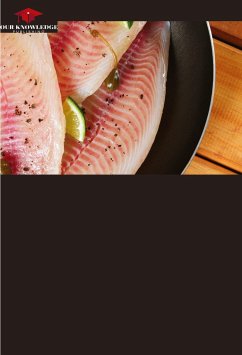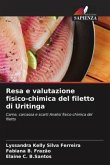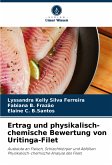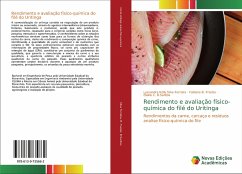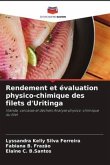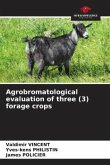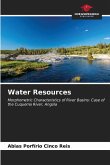The commercialisation of uritinga consists of negotiating a whole or gutted product through intermediary agents (middlemen, freight forwarders, balancers and pointers), and this product is then passed on to the retail trade such as street markets, fishmongers, markets and supermarkets. Knowledge of morphometric relationships served as a basis for obtaining meat cuts, yield data and the chemical composition of the meat, identifying the amount of edible part and nutrients that make up the fillet. If this knowledge is combined with information on physical properties, such as pH, water retention capacity (WRC), a set of quality parameters is formed that guarantees the maintenance of meat tenderness and juiciness, the aesthetic appearance of the fish and other qualitative attributes of fish meat. These quality parameters play a decisive role when purchasing a fish product, especially those from marine extractive fisheries.
Bitte wählen Sie Ihr Anliegen aus.
Rechnungen
Retourenschein anfordern
Bestellstatus
Storno

